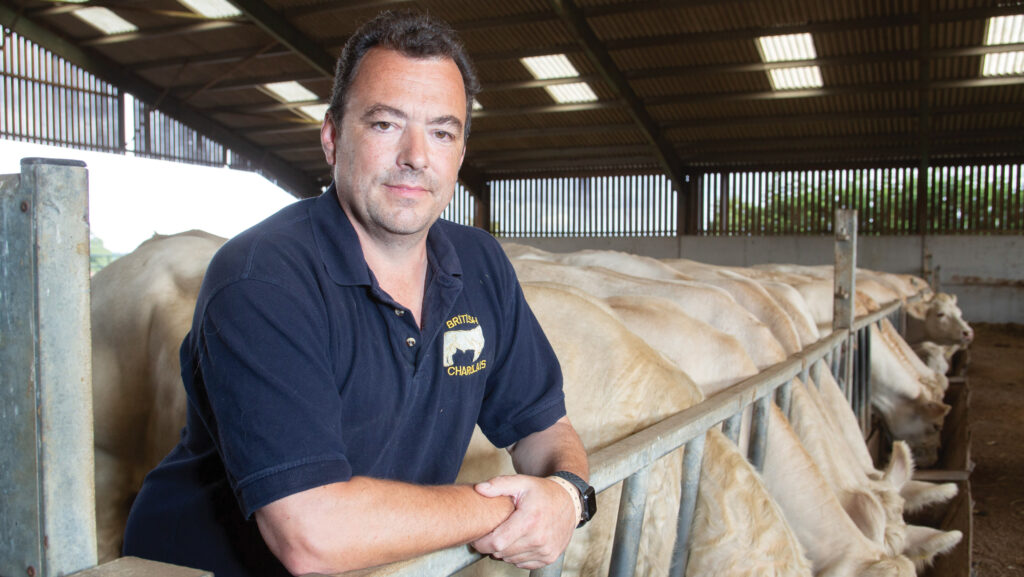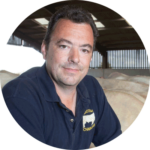Farmer Focus: Breed societies – time for change?
 Ben Harman © Tim Scrivener
Ben Harman © Tim Scrivener When I designed my new farm office a few years ago, I built it so it overlooks my calving pens.
Through the other side of the yard, I have a view of the old farmhouse where my father was born.
Incidentally, that house was also the birthplace and first office of the British Charolais Cattle Society.
My grandfather lobbied hard over several years so farmers could import continental cattle into the UK to supplement the native cattle breeds.
The gold rush soon began, with luminary farmers across the UK scouring Europe for beef genetics that would suit their farms.
See also: How three breeders market their bulls
Some breeds just didn’t fit our marketplace – we had Chianina for a time – while others have become as much a part of the farming landscape as the native cattle they stand alongside.
Farmers chose the breed best suited to their farm. There is room for them all.
Today’s pedigree industry is far more complicated than that of our forefathers.
I speak with some experience here as, in addition to my 17 years with the Charolais council of management, I was also privileged to chair the Pedigree Breed Society Group.
Here, the beef societies meet to discuss issues of mutual interest, such as adapting to the changing legislative requirements that affect us all.
All the breeds do essentially the same job and face the same problems, and we work well together.
True, some societies have a few more bells and whistles, but at our core, we ensure the integrity of the herd book and comply with relevant legislation.
Year-on-year, this becomes increasingly complex, while the market has shrunk.
In 1974, there were 15.2m beef and dairy cattle in the UK; by 2018, this had fallen to 9.9m. Today, there are just 1.3m suckler cows – this is 400,000 fewer than 20 years ago.
It is high time that our core services were all delivered from a central hub, with one set of byelaws covering all breeds.
This would be owned by the members of all participating societies and be fit for the modern market.
Human resources, compliance, DNA and performance recording could all be run with economies of scale.
We should opt to do this now, while we can, instead of waiting until we no longer have a choice.

